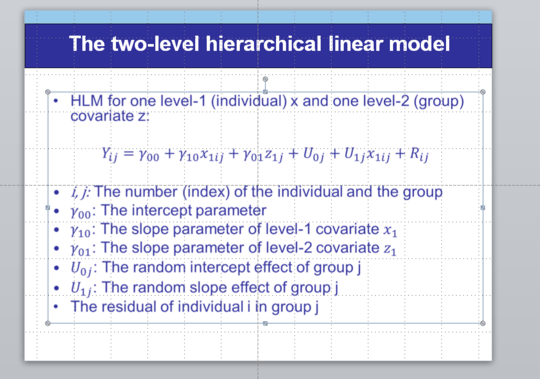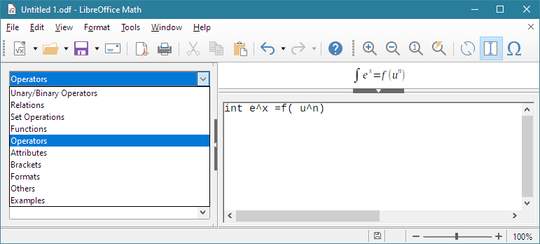1
Due to a compatibility issue of some sort when saving the file to .ppt, PowerPoint 2010 converted all slides containing an equation to a picture of the text frame containing the equation. This text field can no longer be edited.
The strange thing is that I could edit the fields and save the file while working in one session of Powerpoint. But after I had closed the application and re-opened the same file, all option for editing were gone.
Is there a way to convert the pictures back to editable text fields and equations? I am okay with working in .pptx format; it was simply a mistake saving them to ppt.
It is a very strange picture / field. I cannot seem to select and move it. This is how it looks:


There are lots of reasons to assume a .pptx file would do better. – harrymc – 2019-10-23T18:56:49.060
@harrymc And those would be? – Steve Rindsberg – 2019-10-25T14:19:13.427
There actually is a reason a PPTX would be better: if you're working in a version of PPT whose native format is PPTX, you might use features that aren't supported in earlier versions. When you save the file as a PPT, you're essentially targeting an earlier version and its capabilities; PPT tries to maintain visual integrity even in versions that don't support the feature, so it converts such things to pictures. That may be what you're seeing. But it also tries to preserve the original feature's data so opening in a version that supports PPTX may fix the problem. – Steve Rindsberg – 2019-10-30T16:21:05.237
(adding a bit to the above) While it converts newer features into pictures for the older version to display, PPT can embed information into the PPT that allows it to restore the feature when you open the file in a version that supports the feature. – Steve Rindsberg – 2019-11-01T15:16:47.320